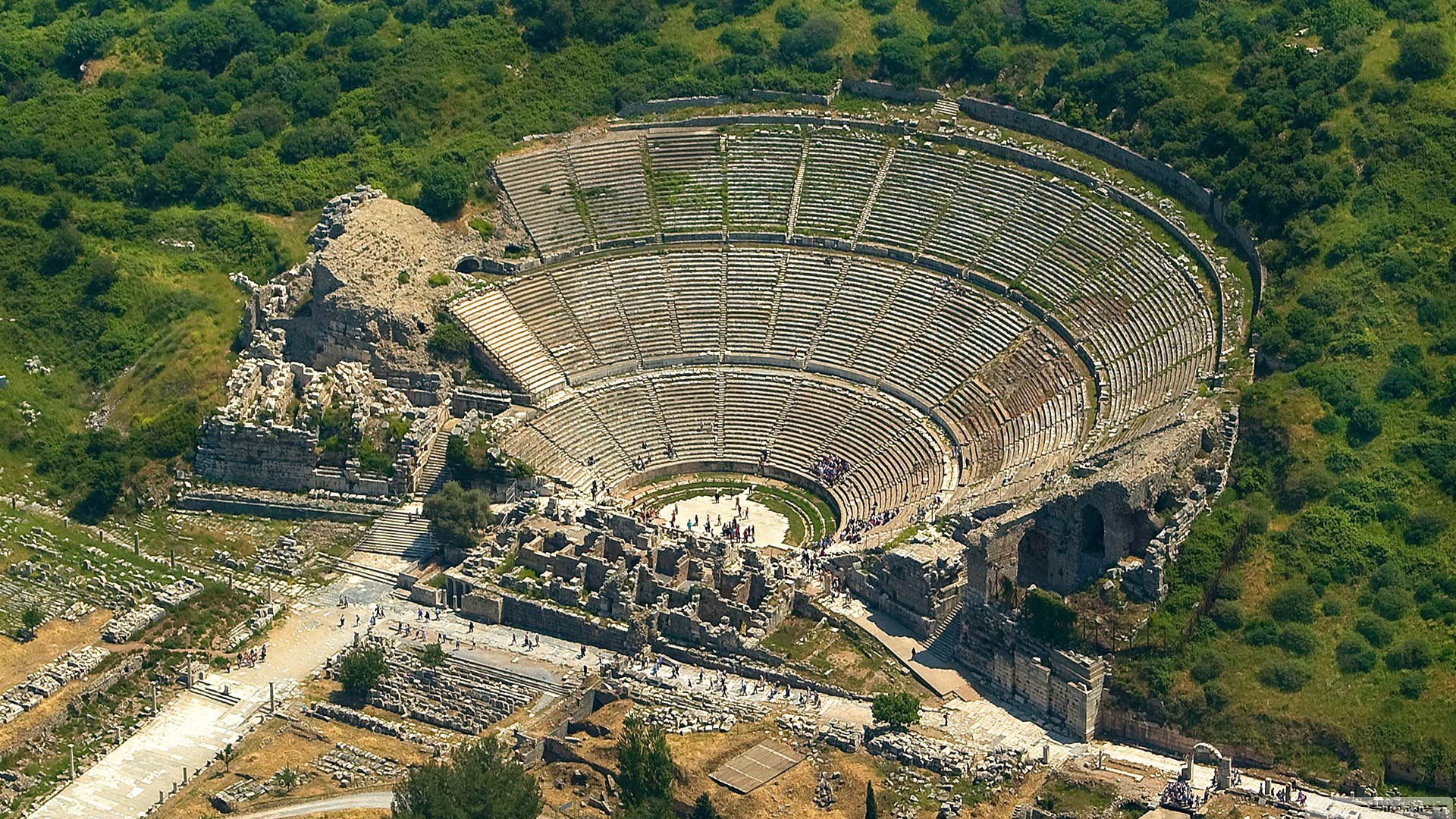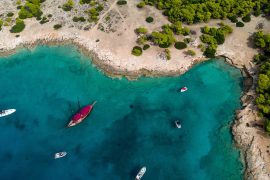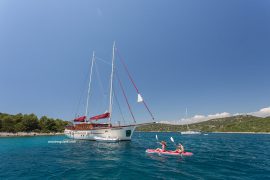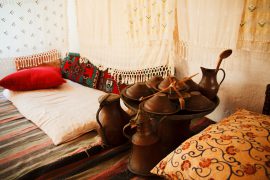The Turkish Culture and Tourism Ministry reported that last year alone (2018), over six million tourists visited Turkish archeological sites and museums in the first four months of the year alone.
Before visiting Turkey for a tourism expedition you must ask yourself a few questions,
a. How much will the ticket for the particular archeological site (s) you are interested cost you?
b. Are the sites you have chosen available for tourists?
c. And you have checked the above boxes, what time do they open?
Here are a few suggestions on how to check the above (where to find the opening hours & prices of archaeological sites in Turkey)
Turkish Culture and Tourism Ministry Websites
This is the ideal method as the information here come directly from the Turkish government. (Turkish Ministry of Culture and Tourism) The website is also frequently updated, this is important as you get to know first hand which sites are open and also prices at the entrance with the advantage of having an English version this should be your first option, however, The information on the website limited to popular sites.
They have another website with comprehensive information but the website is in Turkish, not to worry though, with the technological advantages we have you can check on a few translations online. They have detailed information about tickets prices, you can also get information on which sites are closed for renovations and which are open to the public. This second website is very detailed, for example, if you check information about the Adana province you realize that it has information of 5 ideal destinations for you to visit, including the famous archeological site of Avanarza.
Other sources
For information about the less popular museums and archeological sites not included in the official government websites, you could check out guide books and niche websites for more information of the less popular sites. Some niche sites focus solely on Turkish museums and archeological site with accurate and important information about them including hotel availability and prices.
The archaeological sites in Bodrum hardly had any repute up until the mid 20th century. However, things changed when a bohemian set discovered the peninsula and opened it up for the people of the world. And now, the coastlines, cities and the archaeological sites in Bodrum are among the favorite getaway locations for foreigners, obviously in addition to Turks. Bodrum town is obviously the focus of all activity in the peninsula but if you really want to feel the history and charms of the place, you have to head out for the small villages, tangerine orchards, historical sites and stone windmills. The mysterious stone domes that you’ll soon come upon are actually water cisterns from older days.

Some of the Archaeological sites: the Aegean Coast
The archaeological sites in Bodrum hardly had any repute up until the mid 20th century. However, things changed when a bohemian set discovered the peninsula and opened it up for the people of the world. And now, the coastlines, cities and the archaeological sites in Bodrum are among the favorite getaway locations for foreigners, obviously in addition to Turks.
Bodrum town is obviously the focus of all activity in the peninsula but if you really want to feel the history and charms of the place, you have to head out for the small villages, tangerine orchards, historical sites and stone windmills. The mysterious stone domes that you’ll soon come upon are actually water cisterns from older days.
Ancient Theater : Antik Tiyatro
The Ancient Theater, or Antik Tiyatro, was constructed during the reign of King Mausolus in 4th century BC and houses exactly 5,000 seats. Back then, there was no Bodrum but Halicarnassus of Caria.
The theater was repurposed and updated multiple times during the whole Roman reign, consequently rendering it as the best preserved monument from the oldest era. Concerts and other performances still make their way to this ancient site for gathering.
Its high vantage point offers a breathtaking view of the sea and the whole peninsula but the busy highway that runs alongside the theater has left the outlook somewhat marred.
The Petronion and The Museum Of Underwater Archaeology
The Petronion is one of the defining archaeological sites in Bodrum and is popularly known as the Bodrum Castle. However, it also has a more reverential designation: The Castle of St. Peter. Built by the Knights of St. John, this 15 century picturesque castle is nestled between the two harbors of the peninsula like a cutout from beloved fairy tales.
The knight builders were headed by the German architect Heinrich Schlegelholt who got the marble columns, stone reliefs and green volcanic stones for the castle by plundering the famous Mausoleum at Halicarnassus. The castle walls are dotted with 249 coats of arms, including those of Plantagenets and d’Aubussons. Thanks to its strategic placement, the towers and gardens of the Petronion are clearly visible from many parts of Bodrum.
In fact, the peninsula probably derived its name from “Petronion” itself. Most of the towers are named after the knight builders’ homelands. The English Tower is also called the Lion Tower, after the lion relief that embellishes it.
The castle is also home to the Museum of Underwater Archaeology. This fascinating place houses the remains of Uluburun, the oldest shipwreck from known human history. In addition to the Carian Princess’s tomb, the museum also has many sunken cargoes from ancient and medieval ships on display. Most of those ships sank just off the Aegean coast.
The Mausoleum
The very source of the word “mausoleum”, and one of the contributors that made it to the “Seven Wonders of the Ancient World” list, the tomb of Mausolus of Halicarnassus has lost most of its ancient extravagance and is hardly anything more than a combination of broken columns and fallen masonry today.
Back in the 4th century BC, Halicarnassus (the then Bodrum) was ruled by King Mausolus. In 353 BC, when the king died, his sister, wife and queen, Artemisia began the construction of a tomb worthy of her king’s magnificence. The 150 feet high culmination of white-marble rectangular base, Ionic columns, relief decorated friezes and the elegant pyramidal roof must have been quite a sight. But the most striking of all its features was the statue of Mausolus and Artemisia, eternally riding their chariot.
The tomb endured for more than a millennium until the knight builders arrived and plundered the ancient resting place for the Petronion. Then, the English came in the 19th century and carted off what was left of the ancient magnificence for the British Museum. True, the admission price is generally accepted as unreasonable, since there’s hardly anything left to see, but the opportunity to realize the flow of time, change and dominance so vividly isn’t something we get to experience very often. The tomb’s remains also feature an empty burial chamber.
But there still remains another name that has to be added to the list of archaeological sites in Bodrum: the ancient city of Pedasa. Sitting atop a perch above Bodrum, this 2,500 year old city was founded when Leleges civilization was dedicating their temple to Athena, goddess of wisdom and war. In addition to that temple, the site also includes a necropolis and an acropolis.
Half of the city, with its sweeping view, is still under excavation. To find the site, ride to Konacık on a dolmuş and then hike the 3 km (2 mile) steep, but satisfying, rise. Being overdeveloped, Konacık isn’t of everyone’s tastes. It is, however, a nice place to take a breather.
Tailored gulet cruise with combined culture tour in Turkey, Any idea !! Talk to an expert.





